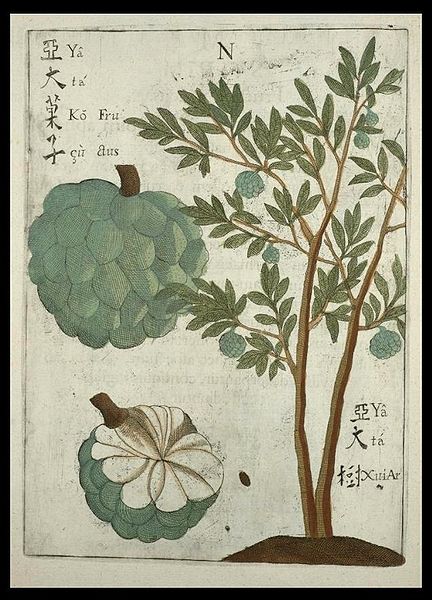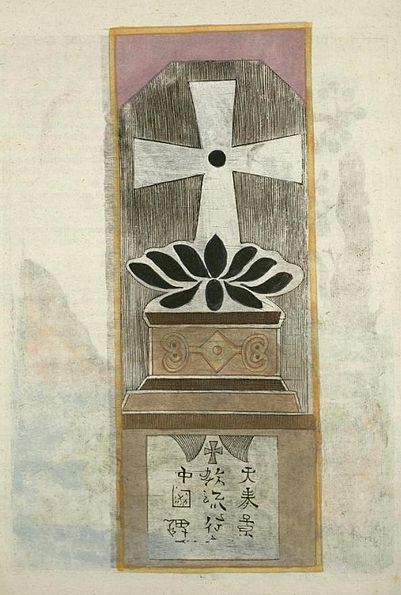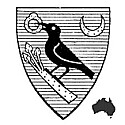
Despite the inaccuracy of the title and the rather unsophisticated (yet charming) illustrations within, 'Flora Sinensis' is in fact one of the rarest and most important botanical works ever produced. It was published in 1656 in Vienna by the Polish Jesuit missionary, Michael Boym (Michał Piotr Boym) and is the first western book to report on the indigenous sub-tropical plants of China.
Boym spent about ten years in China, converting the family of the last Emperor of the Ming Dynasty to Christianity and acting as the Emperor's (unsuccessful) envoy when he returned to Europe in the early 1650s seeking western help to repel the (successful) Manchu uprising.
Boym was an astute scholar and made significant contributions to the foundation of Sinology in terms of language, medicine/pharmacy, cartography and, of course, botany. His correspondence, verbal reports and various publications were plundered became the factual backbone to the popular and widely read 'China Illustrata', by the 17th century's great polyhistor and BibliOdyssey favourite, Athanasius Kircher.
I'm unsure how a hippopotamus came to be included in a work on China and I wouldn't be surprised to learn of some other visual incongruities. The text itself was more illuminating, particularly in advising of the pharmaceutical and health benefits of Chinese plants. The final illustration was among the first depictions of the Nestorian stele, which had been discovered earlier in the 17th century and provided evidence of Assyrian Christians having settled in China as early as the 8th century [see last month's post featuring some illustrations and a little more information about Nestorians - and hats off to Dr Hypercube for mentioning the stele in the comments].
- 'Flora Sinensis' is online at Bibliothèque Universtaire Moretus Plantin --- it's a turn-the-pages flash arrangement.
- All (23) of the illustrations from 'Flora Sinensis' were spliced together from screen captures and uploaded to Wikimedia.
- Michael Boym at Wikipedia.
- There is a little bit about 'Flora Sinensis' at this Schierenberg bookseller page (near the top) - but the whole webpage is worth scanning in any event.
- Harold Fischer have an html version of the book available (click 'Preview') - it's ok for a quick look at the layout but the image quality is not the best.
- UPDATE: See "Polish Jesuit's squirrel", an essay by Vladimir Menkov on his Sinology blog, The Tumbleweed Farm, for explication of the origins and dissemination of the curious Sumxu creature in the image 4th from the end, above.
- UPDATE 2 (May 2013): See the (UK) Natural History Museum's Item of the Month for May 2013 via @ResObscura.


































2 comments :
These drawings are absolutely lovely. It's great to see work from an era where people could combine scientific / botanical observations and beautiful design in the same work.
Boym's work was influential indeed. Here's an overview of the "secret life" of Boym's turtle-chasing squirrel (松鼠 / Sum Xu) in the European literature of the following 200 years.
Post a Comment
Comments are all moderated so don't waste your time spamming: they will never show up.
If you include ANY links that aren't pertinent to the blog post or discussion they will be deleted and a rash will break out in your underwear.
Also: please play the ball and not the person.
Note: only a member of this blog may post a comment.